Bargain bling: invest in luxury stocks while they are out of style?
Although sellers of luxury goods are more insulated than many industries, economic headwinds have been holding them back too. Is now a good time to pick up a bargain?
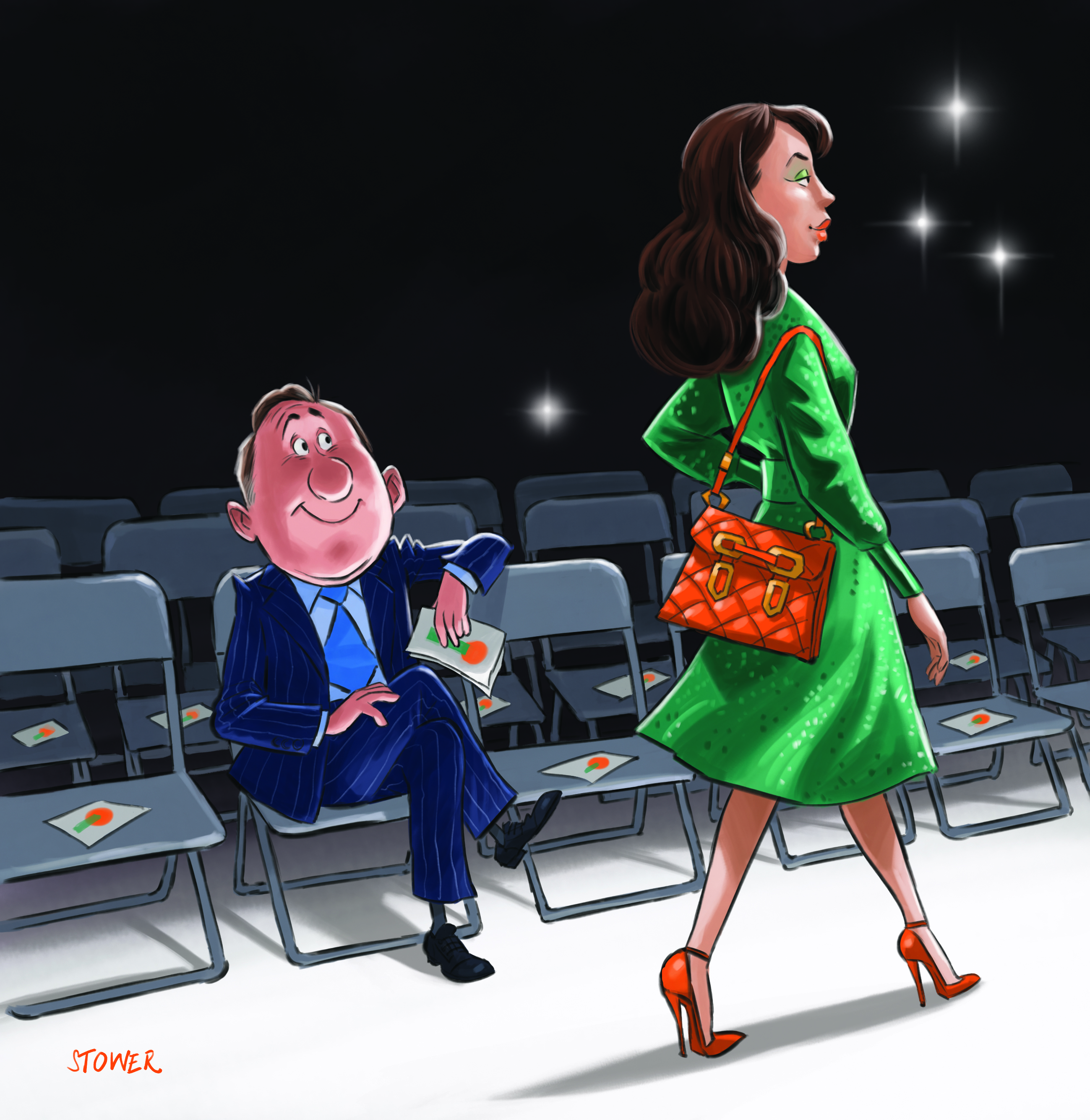

Those who dislike luxury stocks cite similar criticisms to those who dislike the clothes many of them make. They are too expensive, fashionable one minute and out of style the next. For European investors, however, they are difficult to ignore. Some of Europe’s most valuable companies are luxury giants – and recent challenges have taken a chunk out of share prices.
The last few years have been a roller-coaster for the sector. In 2020, the personal luxury goods market dropped by 22% as the pandemic struck. It then rebounded by 29% in 2021, as pent-up demand was released and households went on a shopping spree with their excess savings. The following two years saw incredible growth rates: 21% and 10% respectively. For context, the sector’s organic annual growth rate is typically 6% per year.
This “insane rate of growth” laid the foundations for the challenges the sector is now facing, according to Flavio Cereda, who manages the luxury brands strategy at GAM Investment Management. “How do you grow? Price, volume, mix,” he says. “There wasn’t a lot of mix during those three years (2021-2023). It was mostly price and volume with some brands guilty of excessive price increases and, in some cases, probably excessive volumes.”
MoneyWeek
Subscribe to MoneyWeek today and get your first six magazine issues absolutely FREE

Sign up to Money Morning
Don't miss the latest investment and personal finances news, market analysis, plus money-saving tips with our free twice-daily newsletter
Don't miss the latest investment and personal finances news, market analysis, plus money-saving tips with our free twice-daily newsletter
The situation was not sustainable. Last year, the sector was pretty much flat as a result, but experts believe it will normalise. Cereda thinks it could have achieved 4%-5% growth in 2025 if it weren’t for Trump’s tariffs. Given the situation in the US, he is now expecting 1% growth this year, followed by a return to mid-single-digit growth in 2026. This raises the question: is now a good time to invest?
Tighter (designer) purse strings
These are difficult times for luxury goods companies. Global growth is expected to slow to 2.9% in 2025 and 2026, according to the latest forecast from the OECD think tank – the lowest level since the pandemic. Tariffs, tighter financial conditions and weaker business and consumer confidence are all to blame. It is hardly likely to prompt consumers to hit the shops.
High-net-worth consumers are fairly resilient; they are the last to be hit by economic volatility and the first to emerge from it. However, aspirational customers account for around half of luxury sales, according to a 2024 report from McKinsey. They will feel the effects of an economic downturn more sharply.
The industry hasn’t helped itself. Bernstein’s analysis shows that luxury brands raised prices by an average 36% between 2020 and 2023, pricing some consumers out of the market entirely. Tariffs will push costs even higher, although there are limits to how much some brands will be able to pass on. Luxury giant LVMH recently indicated it could increase prices by 2%-3% per year without affecting demand, but added that this would be more difficult among lower-priced beauty and alcohol items. If companies have to absorb some of the costs themselves, their margins will be squeezed.
Ultra-luxury brands seem less concerned. Hermès’s chief executive Axel Dumas recently told investors that US customers would “understand and remain loyal” in the face of price hikes. “Those who find it too expensive will come to benefit from our hotel infrastructure in Paris,” he added. “I regret this, but I’m not particularly worried.” Dumas is right that the luxury consumer is fairly mobile. Jelena Sokolova, luxury stocks analyst at Morningstar, says around 30% of luxury purchases are made while people travel.
This route is less of an option for aspirational shoppers, though, and it doesn’t negate the fact that tariffs are likely to weaken the broader economy. Even if they can afford luxury items, households are less likely to go shopping when markets are down and the economy is struggling.
Challenges in China
Luxury goods might be made in Europe, but their fate is sealed in China – and events there are taking a toll, too. Chinese sales drove 40% of the sector’s growth between 2019 and 2023, according to a report from McKinsey. For context, US sales accounted for around 30% of growth, and European sales around 10%. The Chinese economy is facing some challenges, including a property market slump and high youth unemployment. As a result, Chinese shoppers aren’t buying as much as they once did. Luxury consumers in the region are very wealthy, Cereda says, but challenges in the real estate and equity markets have created “the perception of being less wealthy”. It is a confidence issue.
Against a tough economic backdrop, Chinese consumers are becoming “patient, rational shoppers”, says Bloomberg’s Shuli Ren. She compares the shift in China to what happened in Japan after the economic bubble burst in the early 1990s. Shoppers are taking more of a mix-and-match approach as designer items are paired with high-street alternatives. Social media influencers are teaching their followers “how to dress like the Japanese, who look a million bucks but without a lot of money in the bank”, says Ren.
Economic challenges in China are a problem right now, but Cereda doesn’t think the issue is structural. “The money is there,” he says. “The question is whether Chinese consumers are willing to spend that money if they feel uncertain about the future.” Over the longer term, he is confident that China’s consumer will continue to be a driver of luxury growth.
The knock-on effect on luxury goods sales
The Chinese slowdown has translated into lower sales for several key players in the sector. Take LVMH. Sales in Asia (excluding Japan) dropped 11% in the first quarter of 2025, contributing to a 3% decline in total revenues. On an earnings call, chief financial officer Cécile Cabanis said the figure reflected “continued soft demand” in the region. Look at Gucci’s owner Kering, and you will see something similar. Retail sales in the Asia-Pacific region fell 25% in the first quarter, contributing to a 14% drop in group revenue.
Not all luxury brands are behaving in the same way though. Hermès, most famous for its exclusive handbags, saw sales increase by 1% in Asia ex-Japan in the first quarter. This contributed to overall sales growth of 7% across all regions. While both growth rates slowed compared with previous quarters, the company remains one of a few outliers in the sector that has shown resilience in the face of the Chinese slump.
Prada also grew its retail sales in the Asia-Pacific region by 10% in the first quarter, contributing to 13% growth across all regions. Miu Miu has been a big growth engine for the company, with global sales rising 60% on an annual basis. “Miu Miu in China is insane. It’s off the charts. So consumers are still shopping. They’re buying a whole lot of stuff. It’s just more difficult now as a luxury brand. You have to resonate,” Cereda says.
Today’s environment is creating a “stark” divergence between “leading and lagging” brands, according to Natasha Ebtehadj, co-manager of the Artemis Leading Consumer Brands Fund. She points to Kering and LVMH as two examples that are facing challenges. Kering has faced execution problems, while LVMH has pushed hard on pricing. Both have aspirational shoppers as part of their customer base, making price hikes more difficult to pass on.
On the other end of the spectrum, ultra-luxury brands such as Hermès are faring better. Supply is limited and demand remains strong. At the top end of the market, “spending trends remain stable”, Ebtehadj says. “The meaning of a true luxury brand is starting to shine through here.”
Hermès’s strong brand control has also helped support its performance. Looking to buy an iconic Birkin or Kelly bag? Good luck. Stores used to have waiting lists that could be years long, but these have now been scrapped. This means the best route is to build a long-standing relationship with the sales team in a Hermès store. The supply-demand imbalance means products like this command astonishing prices. If you purchase directly from Hermès, you will pay anywhere from $10,000 for a classic leather Birkin to more than $200,000 for a crocodile and diamond-encrusted version, according to Sotheby’s. You can get your hands on one more quickly by buying at auction, but it could mean shelling out even more cold hard cash.
The exclusivity of the brand means Hermès’s customers are willing to cough up large sums of money for products. Despite this, the company hasn’t used this as an excuse to hike prices exponentially. The price of a Birkin bag has risen by about 29% since 2016, according to figures cited in The Economist. A Chanel quilted bag has more than doubled in the same period.
Luxury stocks: where to invest
One advantage of recent challenges is that valuations look more appealing. LVMH (Paris: MC) is one example. It is currently trading at around €450, below Morningstar’s fair-value estimate of €620. Markets have been disappointed by the company’s sluggish growth rates recently, but this is only when compared with the strength of post-Covid growth. “If you think about the quality of the business, it is still the number-one brand in luxury with the biggest resources to spend on marketing, real estate and everything else,” says Sokolova. “I think it should weather this crisis quite well eventually.”
Kering (Paris: KER) is another example, says Sokolova. The stock is trading at around €180, below Morningstar’s fair-value estimate of €360. The firm has faced challenges including poor sales at its flagship brand Gucci, but the market might have gone too far, pricing in an underperformance that surely will not last.
If you want a stock that can weather uncertainty, stick to the higher end of the luxury market. With a price/earnings ratio of 51 times, Hermès (Paris: RMS) is expensive, but it could be worth paying up for given its record of delivering sales growth against a tough backdrop. “There is essentially more demand than the company can supply, which has led to indisputable pricing power and predictable earnings growth that usually beats expectations in almost any economic environment,” says Ebtehadj.
Alternatively, a luxury fund is a good option for those who prefer to leave their stock picking to a professional. The GAM Luxury Brands Equity Fund is one example. It is actively managed and has exposure to 25-35 luxury companies globally. Annualised returns exceed 7% on a one and three-year basis, and 9% on a five-year basis. The Amundi S&P Global Luxury UCITS ETF is a passive alternative for those who are happy to track the market rather than beat it. It comes with lower fees at 0.25%.
This article was first published in MoneyWeek's magazine. Enjoy exclusive early access to news, opinion and analysis from our team of financial experts with a MoneyWeek subscription.
Get the latest financial news, insights and expert analysis from our award-winning MoneyWeek team, to help you understand what really matters when it comes to your finances.
Katie has a background in investment writing and is interested in everything to do with personal finance, politics, and investing. She previously worked at MoneyWeek and Invesco.
-
 My 6.5% Nationwide regular saver is due to mature - what are my options?
My 6.5% Nationwide regular saver is due to mature - what are my options?Nationwide’s 6.5% regular saver is due to mature for those who opened one last year. Here is what you can do now to make the most of your savings
-
 Leading European companies offer long-term growth
Leading European companies offer long-term growthOpinion Alexander Darwall, lead portfolio manager, European Opportunities Trust, picks three European companies where he'd put his money
-
 How to harness the power of dividends
How to harness the power of dividendsDividends went out of style in the pandemic. It’s great to see them back, says Rupert Hargreaves
-
 Reinventing the high street – how to invest in the retailers driving the change
Reinventing the high street – how to invest in the retailers driving the changeThe high street brands that can make shopping and leisure an enjoyable experience will thrive, says Maryam Cockar
-
 Defeat into victory: the key to Next CEO Simon Wolfson's success
Defeat into victory: the key to Next CEO Simon Wolfson's successOpinion Next CEO Simon Wolfson claims he owes his success to a book on military strategy in World War II. What lessons does it hold, and how did he apply them to Next?
-
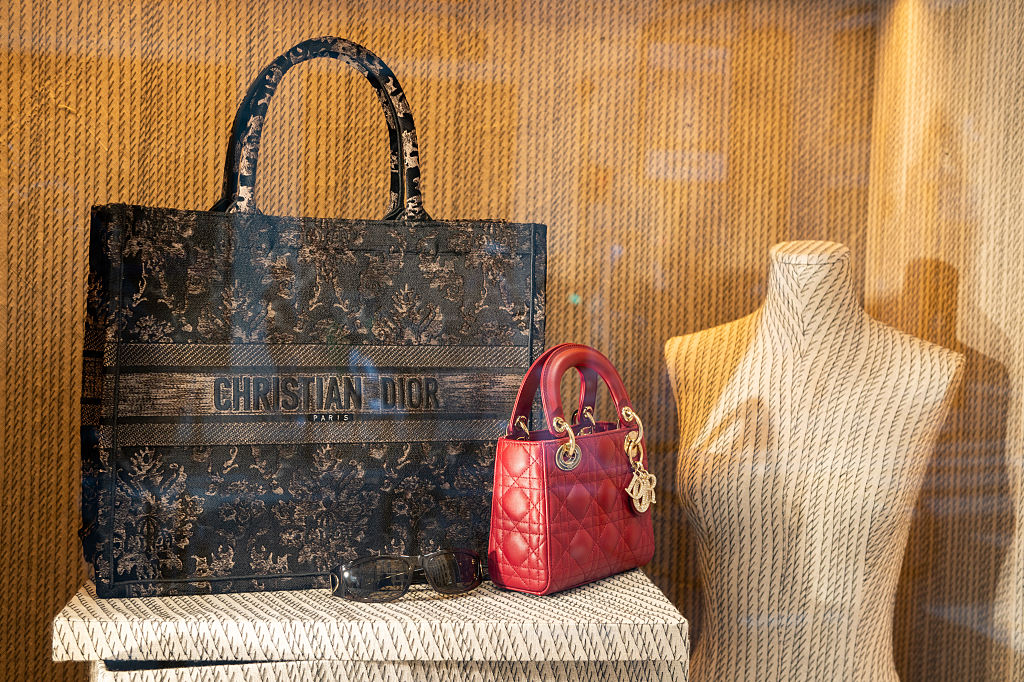 LVMH is set to prosper as the wealthy start shopping again
LVMH is set to prosper as the wealthy start shopping againAfter two years of uncertainty, the outlook for LVMH is starting to improve. Is now a good time to add the luxury-goods purveyor to your portfolio?
-
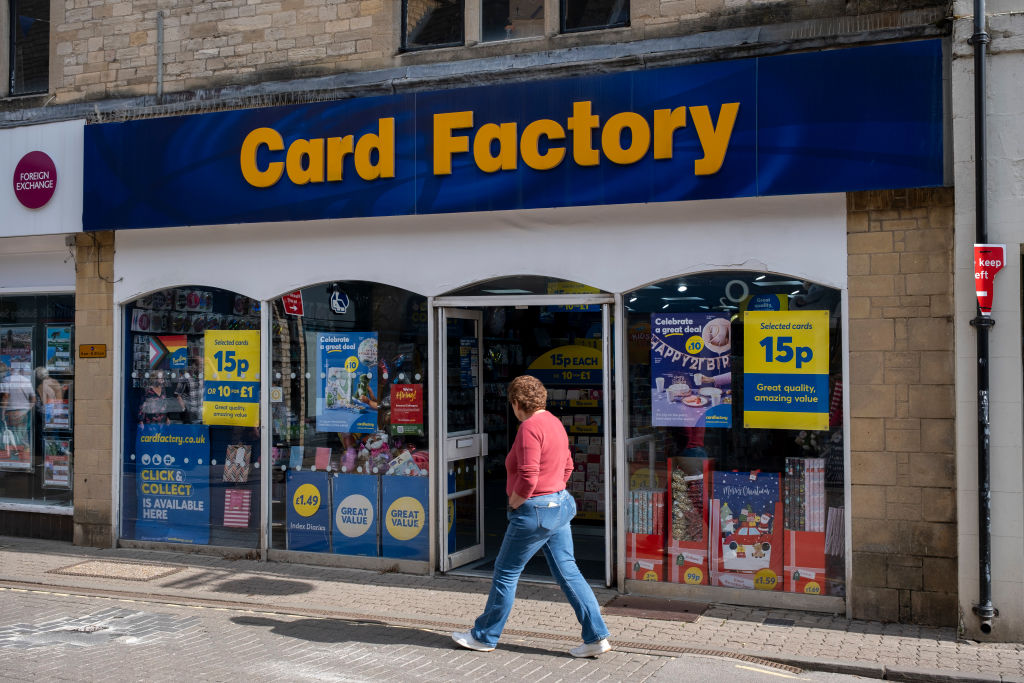 Card Factory is a stand-out small-cap going cheap
Card Factory is a stand-out small-cap going cheapIn a digital world, we still value the personal touch. That’s good news for Card Factory, whose unique business model is suited to weather all economic storms
-
 Last orders: can UK pubs be saved?
Last orders: can UK pubs be saved?Pubs in Britain are closing at the rate of one a day, continuing and accelerating a long-term downward trend. Why? And can anything be done to save them?
-
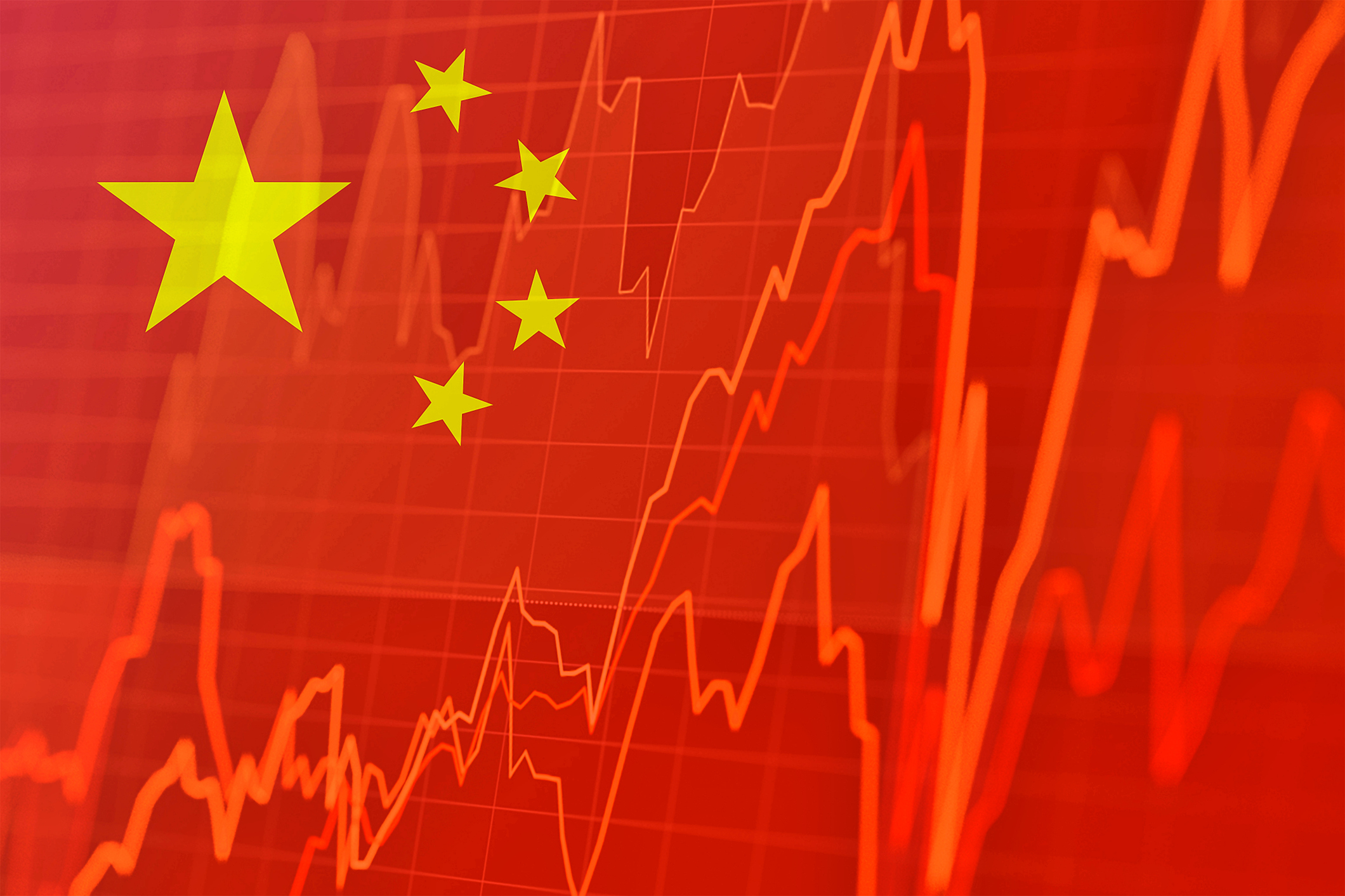 Global investors have overlooked some of China’s best growth stocks
Global investors have overlooked some of China’s best growth stocksOpinion Dale Nicholls, portfolio manager, Fidelity China Special Situations, highlights three Chinese businesses where he’d put his money
-
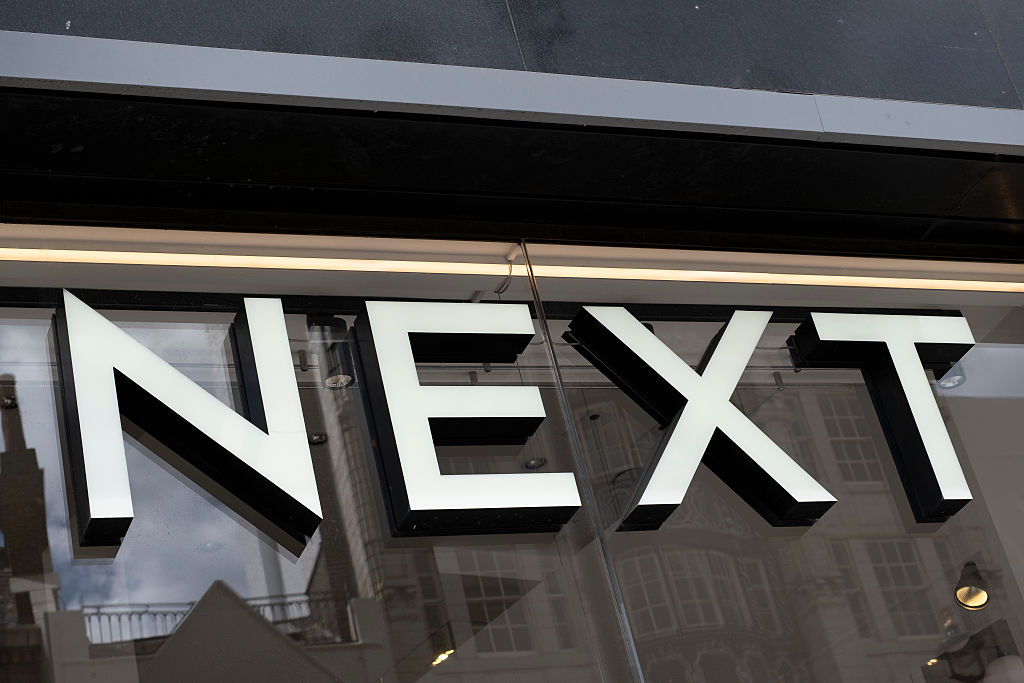 How Next defied the odds and positioned itself as a British high-street staple
How Next defied the odds and positioned itself as a British high-street stapleNext rose from a near-death experience and now thrives as a high-street staple. What's driving its success – and should you invest in the retailer?
